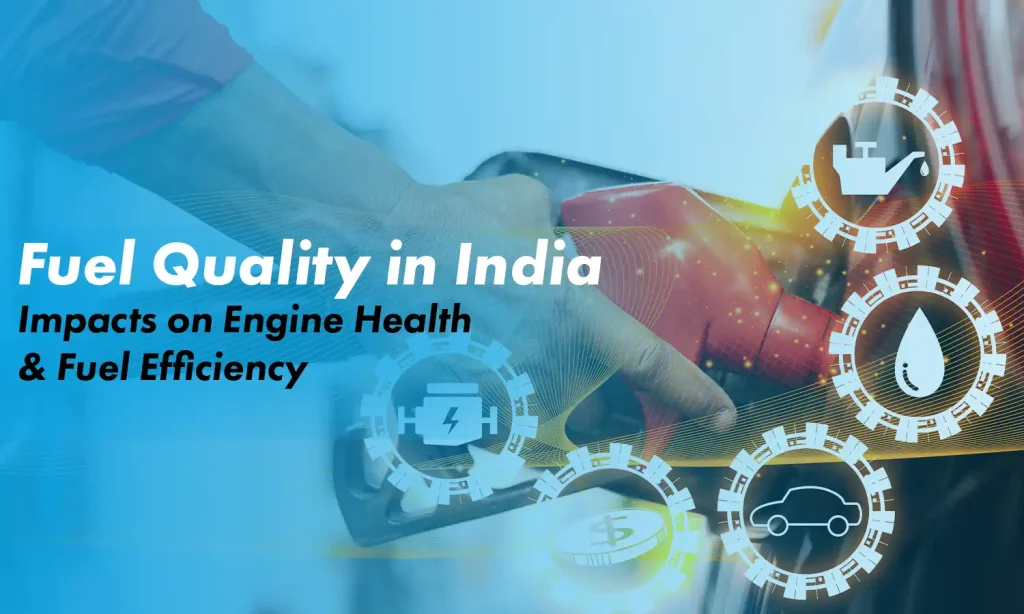Earlier this year, a leading daily reported how truck operators in North India faced a sudden rise in repair costs. Mechanics discovered clogged injectors, blocked filters, and unusual deposits inside engines. The source was traced to poor-quality diesel sold at roadside pumps. For many fleet managers, this was not anymore of a shocking news. They have long dealt with inconsistent fuel standards and the hidden costs that follow.
Stories like these highlight a problem that goes beyond individual truck owners. When fuel contamination occurs, entire fleets feel the impact. The losses show up in reduced mileage, higher emissions and also longer downtime. All together, these factors raise the Total Cost of Operations (TCO), which directly affects profitability.
How Poor Fuel Quality Affects Engines and Costs
➤ Injectors develop carbon deposits that restrict fuel flow.
➤ Filters clog well before their replacement cycle, raising maintenance needs.
➤ Sensors transmit incorrect data to the ECU, which confuses engine controls.
➤ Combustion inefficiency reduces mileage and increases soot buildup.
The final burden comes in the form of higher maintenance. Replacing injectors, repairing fuel pumps, and cleaning corroded parts requires both money and time. Every hour in a workshop is an hour off the road, and in logistics, lost hours quickly translate into lost revenue.
Technology as a Shield
Technology provides the strongest defense against the hidden costs of poor fuel quality. Modern fleet management systems use IoT sensors and AI-driven analytics to give operators real-time control.
Taabi’s Uptime Solutions add another layer of protection. A centralized control tower gives operators visibility into every trip with live ETAs, route deviations and delay alerts. Even when fuel-related issues arise, managers can reroute vehicles, minimize downtime and ensure delivery schedules stay intact.
Building a Sustainable Future
India is taking steps toward cleaner fuels, alternative energy and stricter regulation. But until supply chains become uniform across the country, fuel quality issues will remain a risk. Many forward-looking fleets already test fuel on-site or procure in bulk from trusted suppliers. These are positive steps, but they only solve part of the problem.
The stronger and more scalable solution lies in digital monitoring. With IoT-enabled sensors, AI-driven insights, and predictive analytics, fleets gain a shield against inefficiency, downtime, and compliance risk. They can reduce fuel spend, cut repair costs, and keep vehicles on the road longer.








